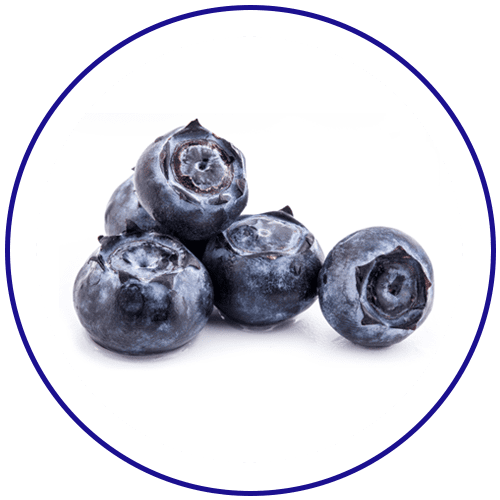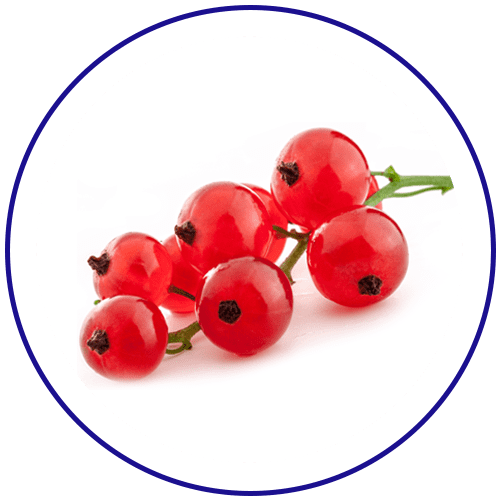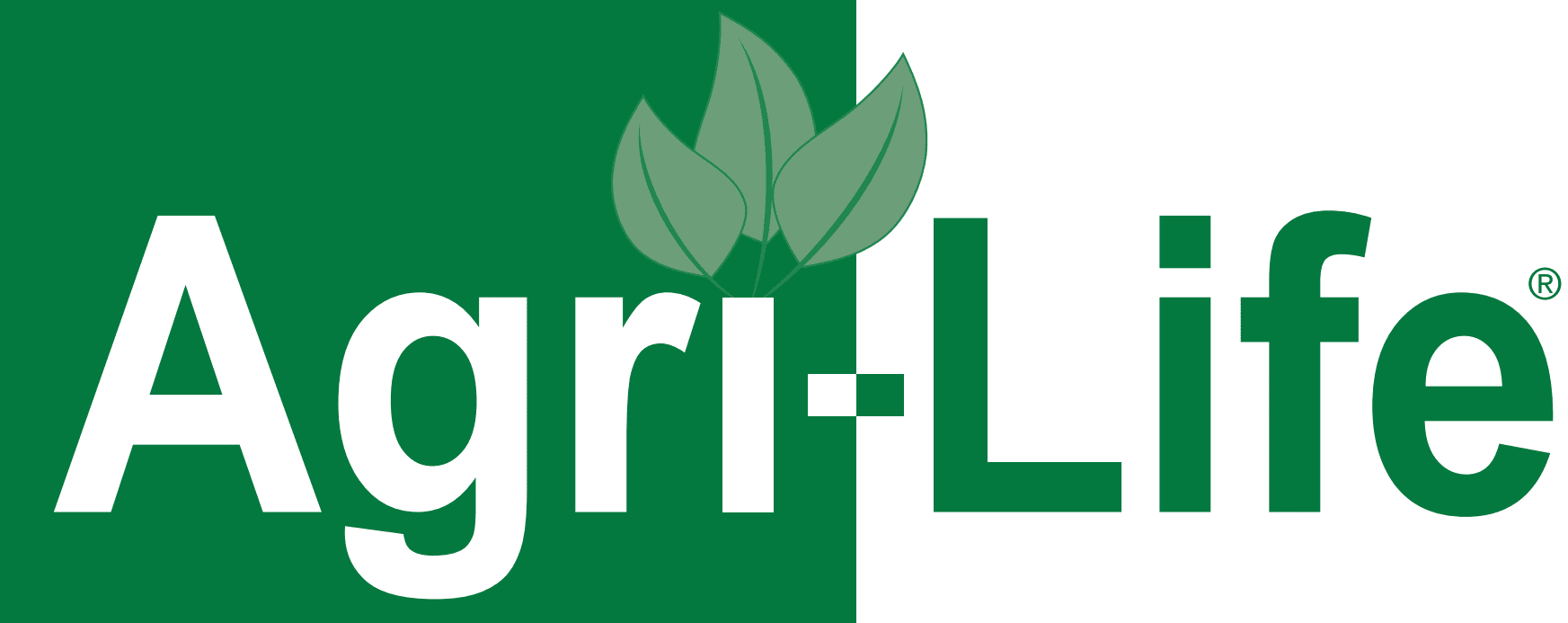Small Fruits




| Crop and Maximum Annual Rate of Product in gal. per acre. (lbs. Metallic Copper) | Disease | Rate/A fl. oz. (lbs. Cu2+/A) | Minimum Treatment Interval (Days) | Directions |
|---|---|---|---|---|
| Blackberry (Aurora, Boysen, Cascade, Chehalem, Logan, Marion, Santiam, Thornless Evergreen) 20.20 gals. (10 lbs.) | Anthracnose, cane spot, leaf spot, Pseudomonas blight, purple blotch, yellow rust | 32 (.124) | 7 | Make fall application after harvest, Apply delayed dormant spray after pruning/training in the spring. If needed, agricultural type spray oil may be added. |
| Anthracnose, cane spot, leaf spot, purple blotch, yellow rust | 19.2 (.074) | 7 | Apply when leaf buds begin to open and repeat when flower buds show white. If needed, agricultural- type spray oil may be added. Note: Crop injury may occur in environmental conditions such as hot or prolonged moist periods. Discontinue applications if signs of crop injury appear. | |
| Blueberry 16.96 gals. (8.40 lbs.) | Bacterial canker | 33 to 51.2 (.128 to .198) | 7 | Make application before fall rains and a second application 4 weeks later. Use the higher rates when conditions favor disease. |
| Fruit rot, Phomopsis twig blight | 25.6 to 51.2 (.10 to .198) | 7 | Dormant Application: Begin applications when bloom buds begin to swell. Make additional applications at 7 to 14 day intervals before blooms open. | |
| Cranberry 25.45 gals. (12.6 lbs.) | Fruit rot | 51.2 (.198) | 7 | Make application in late bloom. Apply one or two additional applications at 7 to 14 day intervals depending on disease severity. |
| Rose bloom | 51.2 (.198) | 7 | Apply three sprays on 7 to 14 day schedule as soon as symptoms are observed. | |
| Bacterial stem canker, rose blossom | 51.2 (.198) | 7 | Apply post-harvest and again in spring at bud swell. Apply one or two additional applications at 7 to 14 day intervals depending on disease severity. | |
| Leaf blight, red leaf spot, stem blight, tip blight (Monilinia) | 51.2 (.198) | 7 | Apply delayed dormant spray the spring. Repeat at 7 to 14 day intervals through pre-bloom. | |
| Currant, Gooseberry (Ribes) 32.32 gals. (16 lbs.) | Anthracnose, leaf spot | 64 (.248) | 10 | Make initial application after first leaves have expanded. Continue on a 10 to 14 day schedule during wet conditions in the spring. Make an additional application after harvest |
| Raspberry 20.20 gals. (10 lbs.) | Anthracnose, cane spot, leaf spot, Pseudomonas blight, purple blotch, yellow rust | 32 (.124) | 7 | Make fall application after harvest. Apply delayed dormant spray after training in the spring. If needed, agricultural-type spray oil may be added. |
| Anthracnose, cane spot, leaf spot, purple blotch, yellow rust | 19.2 (.074) | 7 | Apply when leaf buds begin to open and repeat when flower buds show white. If needed, agricultural-type spray oil may be added. Note: Crop injury may occur if applied to foliage under certain environmental conditions such as hot or prolonged moist periods. Discontinue applications if signs of crop injury appear. | |
| Strawberry 12.12 (6 lbs.) | Angular leaf spot (Xanthomonas), downy mildew, leaf blight, leaf scorch, leaf spot | 19.2 to 25.6 (.074 to .10) | 7 | Begin application when plants are established and continue on a weekly schedule throughout the season. Minimum retreatment interval is seven days. Apply in at least 20 gallons of water. Use the higher rates when conditions favor disease. Note: Discontinue applications if signs of crop injury appear. |






